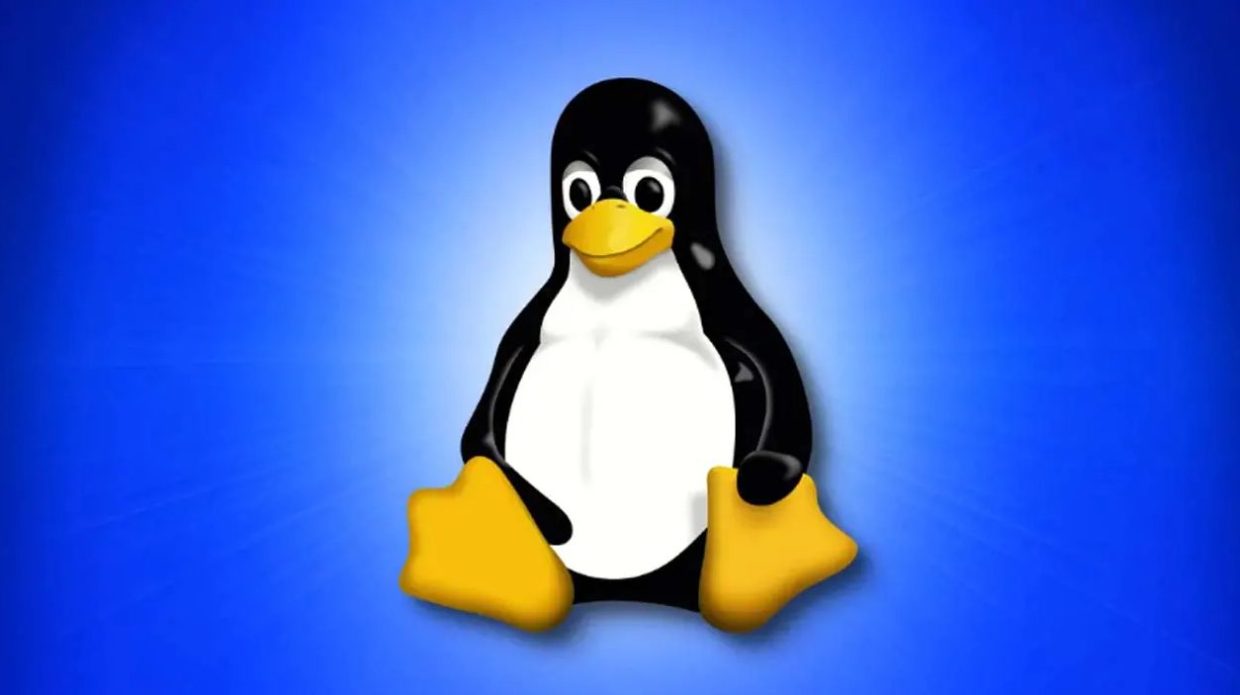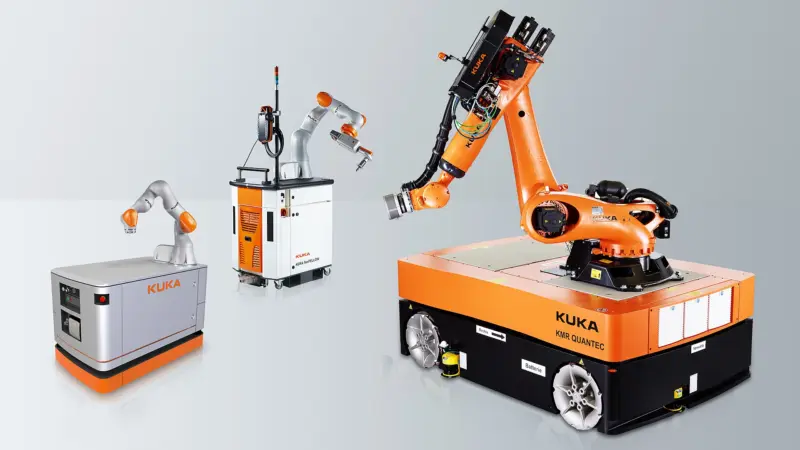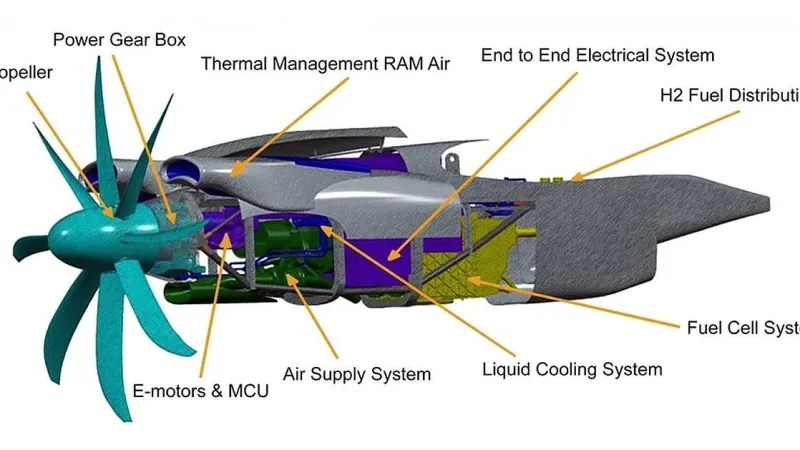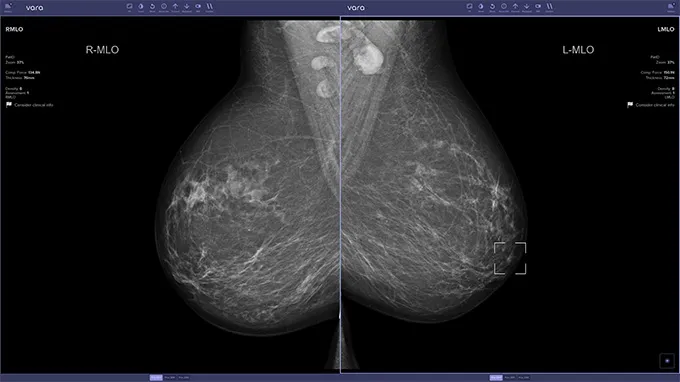Linux’s Legacy: 20 Astonishing Facts for Its 32nd Anniversary

Linux, the operating system that has been a game-changer in the software industry, recently turned 32 years old. Born out of a college student’s project in Finland, Linux has evolved to become the dominant operating system for servers and the foundation for Android, the leading operating system for phones.
On this day in 1991, a college student in Finland shared his project on an email list:
From: [email protected] (Linus Benedict Torvalds)
Newsgroups: comp.os.minix
Subject: What would you like to see most in minix?
Summary: small poll for my new operating system
Message-ID: <[email protected]>
Date: 25 Aug 91 20:57:08 GMT
Organization: University of Helsinki
Hello everybody out there using minix —
I’m doing a (free) operating system (just a hobby, won’t be big and
professional like gnu) for 386(486) AT clones. This has been brewing
since april, and is starting to get ready. I’d like any feedback on
things people like/dislike in minix, as my OS resembles it somewhat
(same physical layout of the file-system (due to practical reasons)
among other things).
I’ve currently ported bash(1.08) and gcc(1.40), and things seem to work.
This implies that I’ll get something practical within a few months, and
I’d like to know what features most people would want. Any suggestions
are welcome, but I won’t promise I’ll implement them 🙂
Linus (torv…@kruuna.helsinki.fi)
PS. Yes — it’s free of any minix code, and it has a multi-threaded fs.
It is NOT protable (uses 386 task switching etc), and it probably never
will support anything other than AT-harddisks, as that’s all I have :-(.
“Just a hobby,” he says. “Won’t be big and professional like gnu,” he says.
This kid has no idea that his creation is about to change software forever. With its rich history and impact on technology, let’s explore 20 remarkable facts about Linux.
1. The Linux Foundation’s collaborative projects consist of a staggering 115 million lines of code. In comparison, Windows XP contains 45 million lines of code.
2. The Linux kernel is the most active open source project on Earth, accepting an average of 185 patches per day.
3. It took approximately 41,000 person-years to build Linux, equivalent to around $5 billion in developer salary.
4. To support Linus Torvalds and his work on Linux, the Linux Foundation pays him $10 million annually. His net worth currently stands at $150 million.
5. Despite Linux’s widespread influence and its reliance in various systems, Linus Torvalds works from the comfort of his home, accompanied only by his cat.
6. During his service in the Finnish military, Linus Torvalds stumbled upon Andrew Tanenbaum’s book, “Operating Systems: Design and Implementation.” This book introduced him to Minix, an educational version of Unix, and inspired him to create Linux.
7. Although Linus wrote the entirety of Linux’s first release, his original contributions now make up less than 1% of the total codebase. These days, he focuses on merging and managing code written by other contributors.
8. Unlike other renowned software icons like Bill Gates and Mark Zuckerberg, Linus Torvalds continued his education even after Linux’s initial success, earning his master’s degree in computer science.
9. While Linus created Git, he does not accept pull requests through GitHub. However, Linux is listed on GitHub, receiving more than 35,000 stars.
10. Linux’s iconic mascot is a penguin named “Tux.”
11. Linux benefits from contributions made by developers from various companies. Notable contributors include Intel, Red Hat, and IBM.
12. An astounding 97% of the world’s supercomputers run on Linux, including those used by NASA.
13. In 2009, the government of Munich, Germany transitioned from Windows to Linux, saving over €10 million in software licensing fees. However, the switch may have affected productivity.
14. Linux powers the popular and affordable Raspberry Pi computer, priced at just $5.
15. Linux servers were used to produce the first feature film, Titanic, showcasing the versatility and reliability of the operating system.
16. Dronecode, an operating system for drones, is powered by Linux. Around 1,000 companies develop drone services on top of this open-source platform.
17. Linux is available in various distributions or “distros.” Ubuntu, based on Debian, is the most popular distro in the Linux family tree.

18. Red Hat, the leading company in open source software, generates substantial revenue with its enterprise-focused distribution of Linux. It is projected to make $5 billion this year.
19. While Linux doesn’t necessarily come with a graphic user interface (GUI), many developers interact with it through the command line shell, typically using Bash. Different GUI shells like Xfce and KDE are available, with “Xubuntu” referring to “Ubuntu with Xfce” and “Kubuntu” indicating “Ubuntu with KDE.”
20. Linux uses the GNU General Public License, granting users the freedom to share and modify free software.
“The licenses for most software are designed to take away your freedom to share and change it. By contrast, the GNU General Public License is intended to guarantee your freedom to share and change free software — to make sure the software is free for all its users.”
— GNU GPL preamble
Bonus Fact: Linux was inspired by Richard Stallman’s GNU project, the Free Software movement, and the Hacker Ethic, all of which are explored in Steven Levy’s book, “Hackers.”
Linux’s journey from a college student’s passion project to a transformative operating system is nothing short of extraordinary. In just 32 years, Linux has had an immeasurable impact on the technology landscape, and its open-source philosophy continues to shape the future of software.
Additionally, included is a brief interview with Linus, in which he discusses the inception of Linux and Git.






